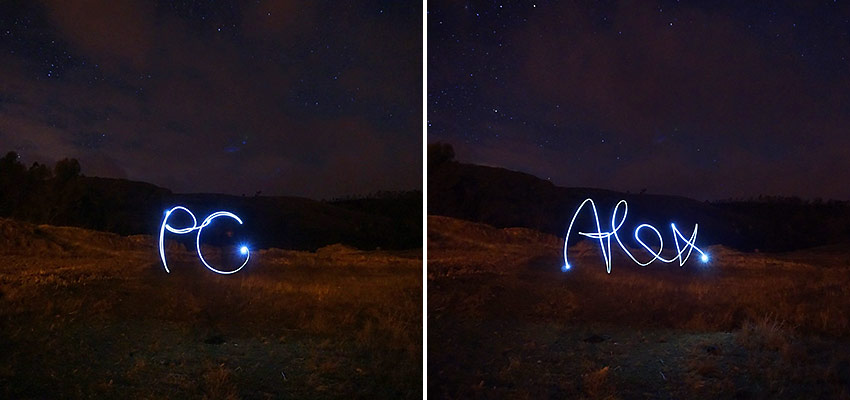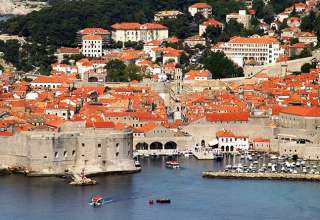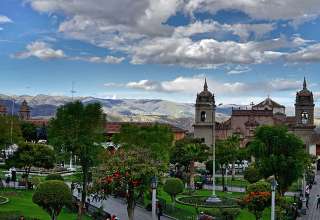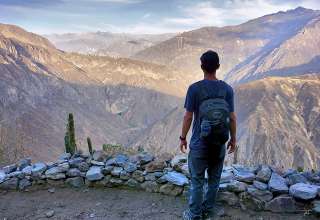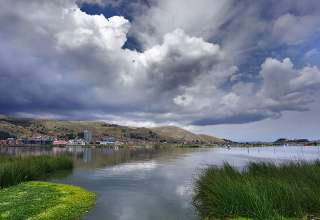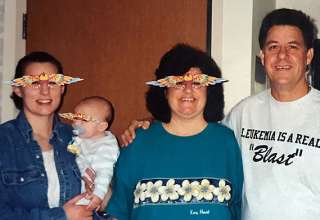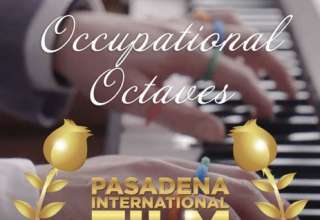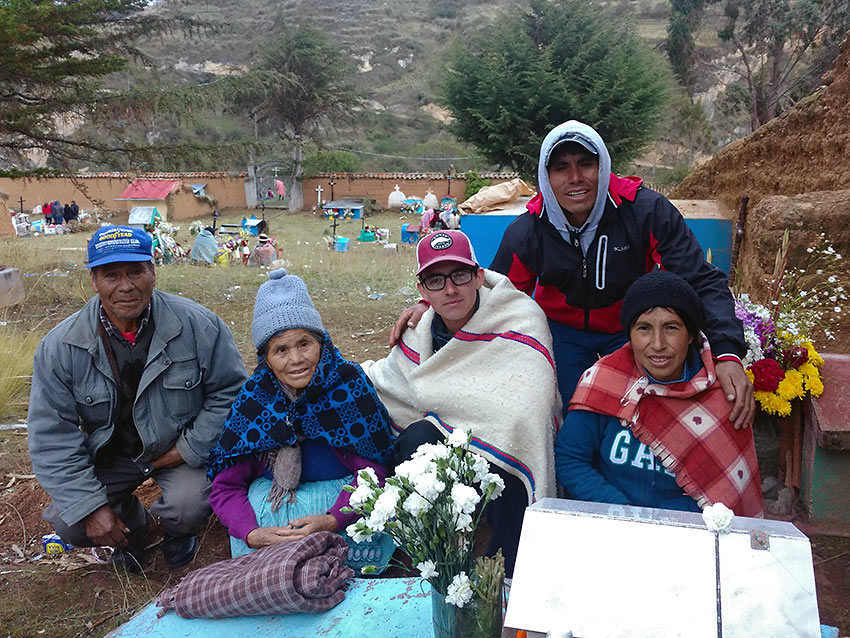
I joined Peace Corps knowing very little of what life or work would be like. Unlike some of my volunteer friends, I hadn’t dreamt of Peace Corps since I was little, and it was never part of some 10 year professional plan.
So what drew me to Peace Corps? Simply put, I wanted to live cross-culturally abroad and work in community development. As expected, integrating into another culture and working hand in hand with local people has been complex, beautiful, challenging, confusing, and rewarding all at the same time.
At the midpoint of my service, I know I’ve grown significantly over the past twelve months in site, and the following reflection is my attempt to communicate a few of these changes as they relate to my process of cultural integration and community work.
Cultural Integration
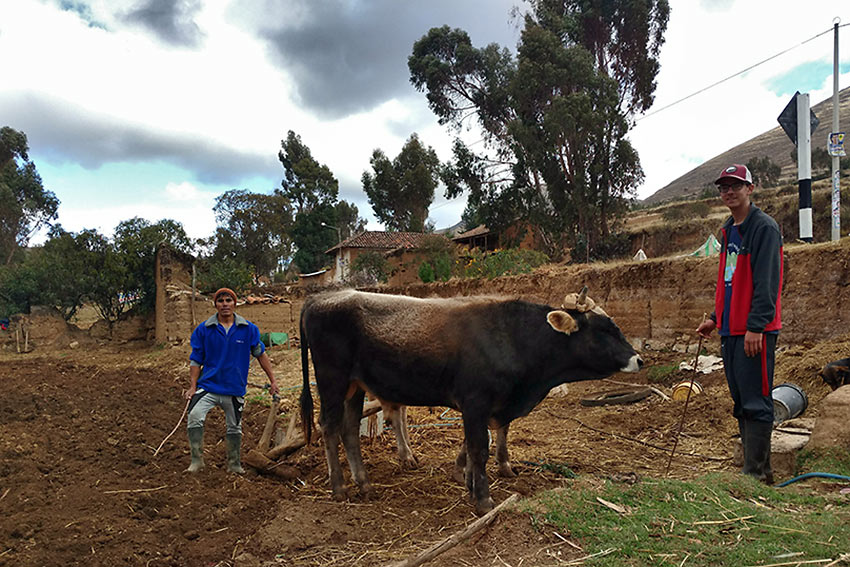
First off, I have been reflecting on my process of cultural integration in the community. Arriving in site a year ago, I was very concerned about acting or speaking in a way that would be perceived as culturally inappropriate. I also wondered how or if I’d ever know when I was “making a mistake” in a culture of primarily indirect communication. Slowly but surely, I began fine-tuning skills like careful observation and copying social behaviors, yet these helpful strategies were not ultimately the key to cultural discovery and integration.
Instead, I’ve found that the heart of cultural integration is being yourself and humbly opening yourself up to others and their lives. To do so, you must become secure in yourself and familiar with failure.
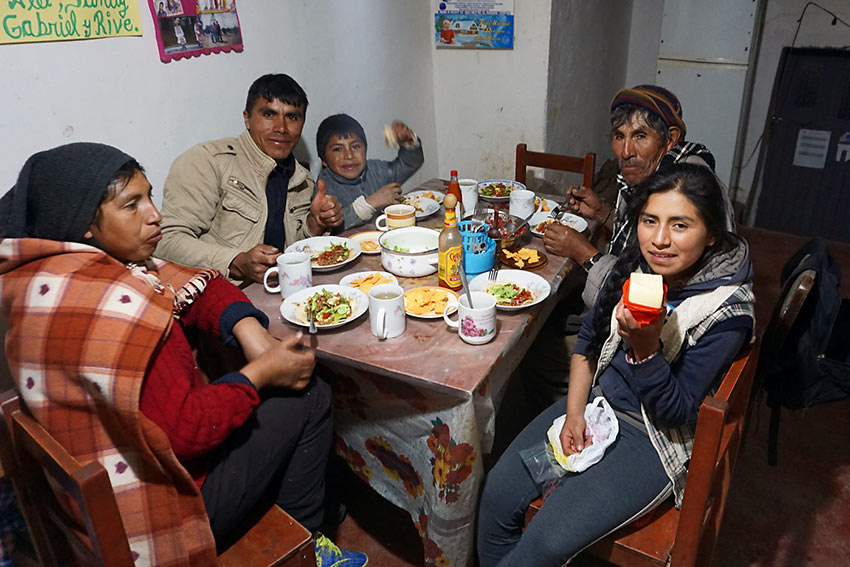
One day you say the wrong word at the wrong time to everyone’s amusement or horror. The next you sit awkwardly with an elderly person whose accent you truly can’t understand. And sometimes you unknowingly misunderstand people’s actions or intentions and plans fall through.
The process is difficult, and I’ve made a lot of “mistakes.” Yet I’ve learned that they are not really mistakes in the true sense of the word, but only part of the process. I’ve learned to laugh at myself, admit my faults to others, be content with discomfort, and ask curious questions. Many new discoveries have sprouted and relationships grown from the desert ground of awkward situations, cultural misunderstandings, and difficult conversations.
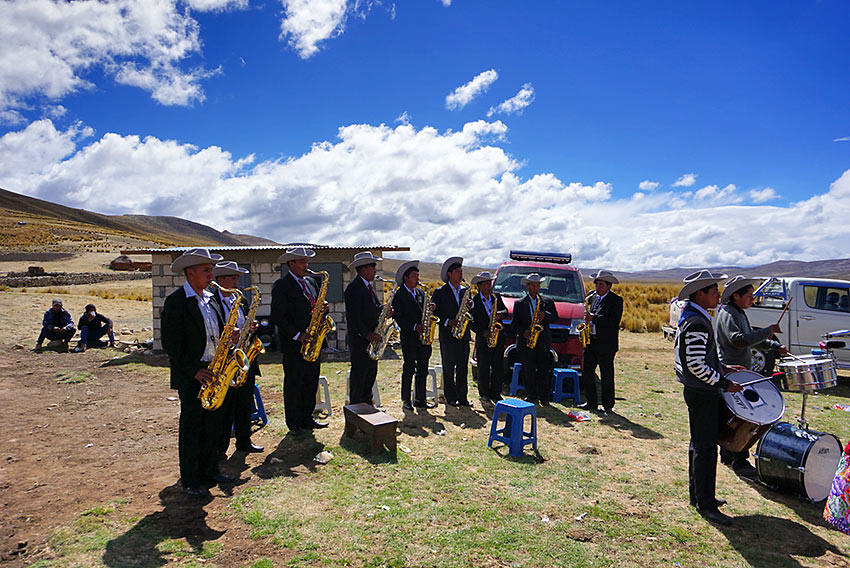
Through it all, living cross-culturally sets you on a path of self-discovery. This journey of cultural integration has been successful in bringing out my best and worst. Being myself in a new cultural context has uncovered many personal weaknesses and insecurities — my impatience, possessiveness, fear of failure or embarrassment, need for concrete results, and tendency to be a people-pleaser.
Despite being frustrating or confusing, I’ve found immense beauty and value in opening myself up to others and allowing their diverse lifestyles and views to impact my own. The journey of personal change is slow, but thankfully it’s lifelong.

So how have I actually changed? It’s difficult to discern the exact way living immersed in Peruvian culture has been shaping me. On one hand, I’m still inside the metaphorical “fish bowl” and am oblivious to many of the ways I’ve instinctively adapted. On the other hand, I catch myself acting or speaking in new ways that surprise me.
I instinctually offer others food or drinks, greet people I don’t know, tell white lies about my plans, and say provecho while others are eating. I’ve now become accustomed to being around livestock, washing my clothes by hand, throwing toilet paper in the trash, treating my water, eating guinea pig, and thinking in Spanish.
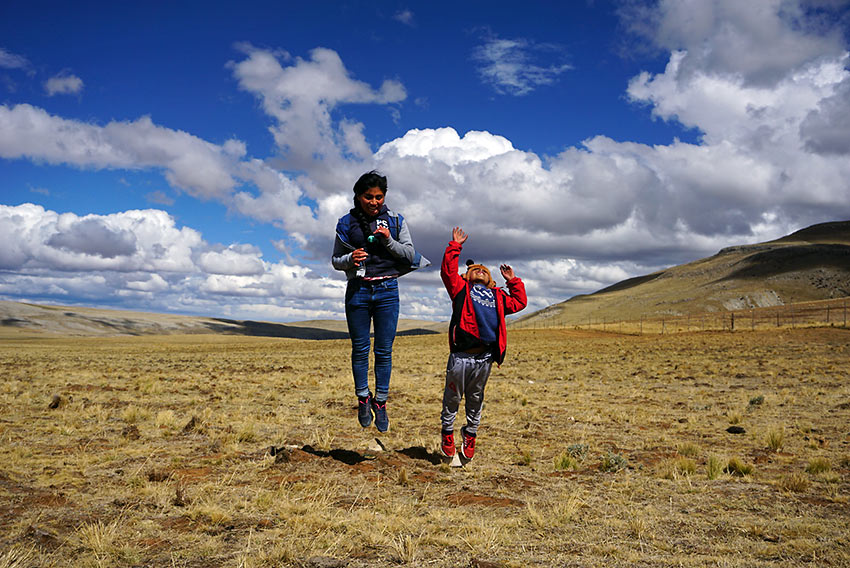
In conclusion, looking back on my service, I’m confident that the moments spent with my host families and community members will be far more valuable to me than any work I’ll be able to accomplish. These opportunities for genuine human connection and sharing will always be invaluable for me.
Community Development
I joined Peace Corps largely in part because I wanted to be on the front lines of grass-roots community development, which sounds more glamorous than it is. Turns out, it’s a slow, arduous process of building relationships, making institutional connections, and encouraging and training others to assume a larger role in their community.
Many volunteers, myself included, feel a pull towards accelerating this slow process, looking for projects with visible, concrete results. At the end of the day, we need to admit that on some deep level we all yearn for recognition. We love to put our name on something and say, “I did that.” However, sustainable development is slow, subtle, and often invisible. Good community development is really people development — in Peace Corps language “capacity building.”
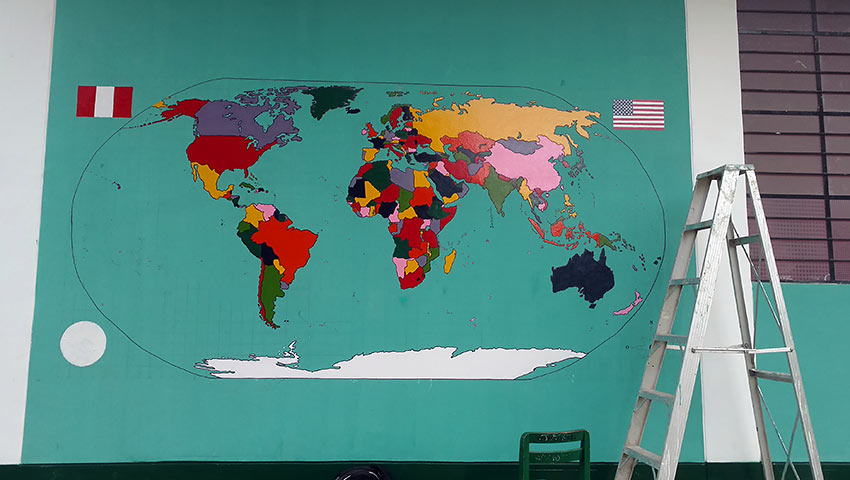
Therefore, the main challenge is this: people are complex. As humans, we are not only capable of the best — beauty, art, progress, and connection — but also the worst — violence, hatred, deceit, and indifference. We are habited beings with complex histories and worldviews. We love criticism; we’re prone to denial. We are motivated to help our communities; we are engulfed in our own lives and preoccupations.
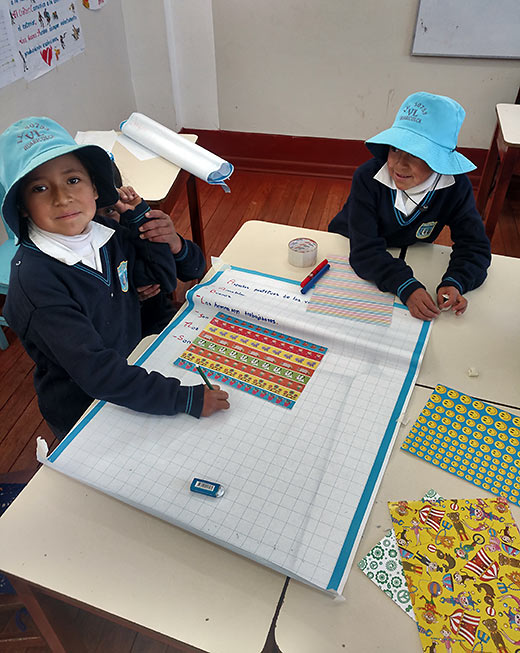
Given the intricate nature of persons, a community and its problems must be equally complex if not more so. If the goal is behavior and perspective changes — that people become active agents of change in their own lives and community — change will be neither easy nor straightforward. Every few steps forward is usually accompanied by a few steps backward.
In the small community where I live, finding motivated local counterparts is one of our primary difficulties. All but one teacher commute from larger communities and the majority will only stay for 1-2 years due to the education system. Therefore, because of brevity and location, many teachers are not directly involved or invested in the community where they work. After-school programs or weekend activities are a challenge.
Because of this difficulty, I’ve largely been confined to working in the classroom, supporting the teachers of tutoría, an obligatory, weekly life-skills class. This presents its own challenge of working within a 45 minute time-frame and coordinating with teachers whose priorities often lie in other courses.
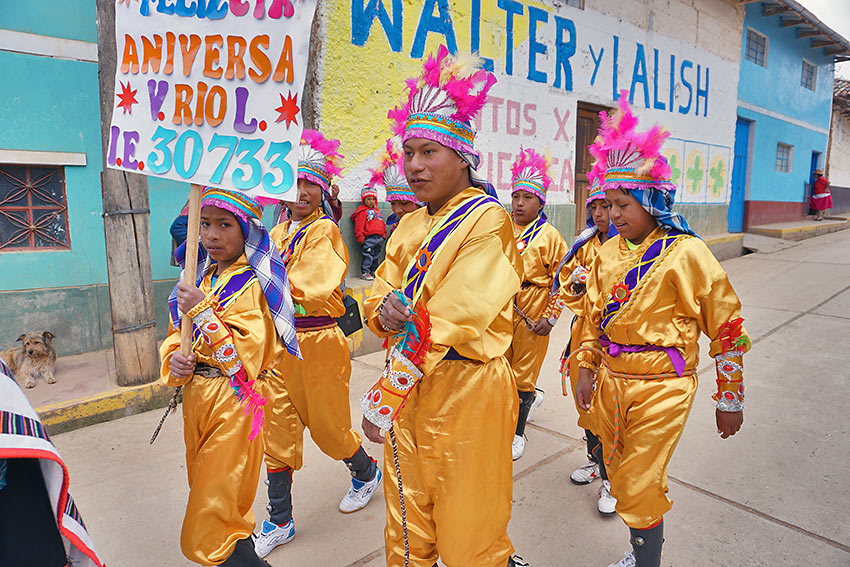
For sustainability and liability reasons, I try to never teach alone but instead support and coordinate with the teachers to co-plan and co-teach the sessions. After a year of practice, our co-facilitation skills are improving but it’s a tricky balance that sometimes leads to me or the teacher taking on more of the responsibility.
Despite these challenges, I have much to be thankful for. The community, both families and institutions, has trusted and welcomed me. I coordinate weekly with the local government, health post, and schools, and they are open to working together.
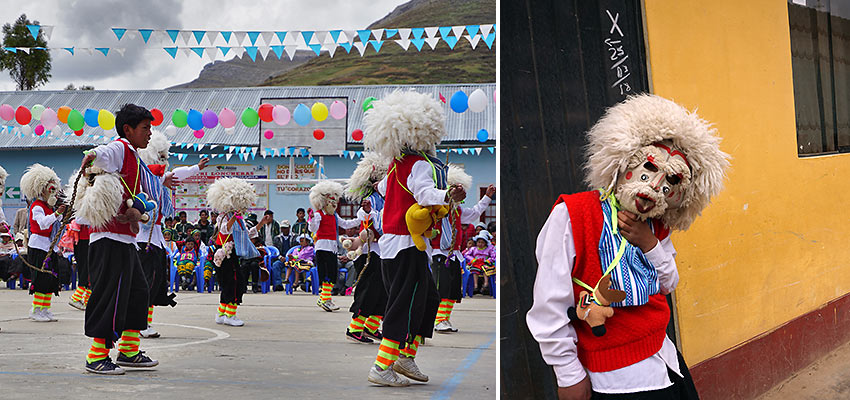
We live by a motto here: poco a poco (little by little). Together, we’re slowly making progress, building relationships and making an impact.
Of course, there are good days and hard days. One day you and a teacher co-facilitate a dynamic class on machismo (sexism), and the next you’re tossed into a classroom to make something up on the spot. You watch a project you’ve been planning for months fall apart, yet in the same week a group of students surprise you with their own creative idea.
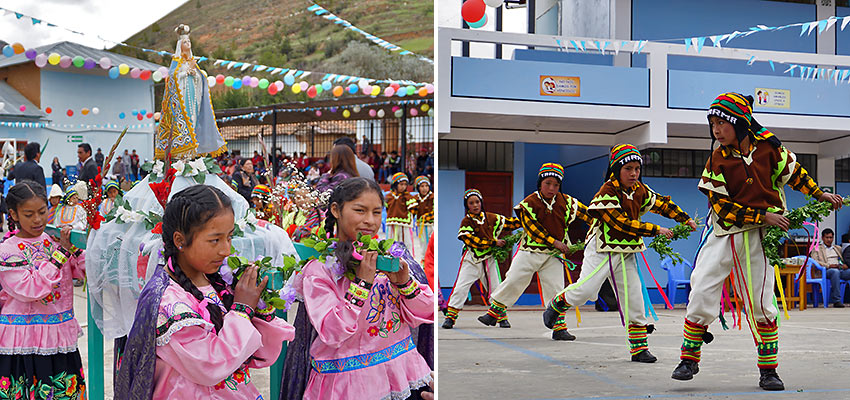
A PC staff member recently emailed us with three key concepts to embody in our work: permanence, persistence, and perseverance. I’ve found in Peace Corps, and in life for that matter, that consistency is often what matters most — being faithful in service and love to the place you’re at and the people you’re with.
One day results will come, even if they’re not as expected. After all, it’s through our journey together that we are truly changed. So here’s to another year of the beautiful struggle and the fruit it will bring!
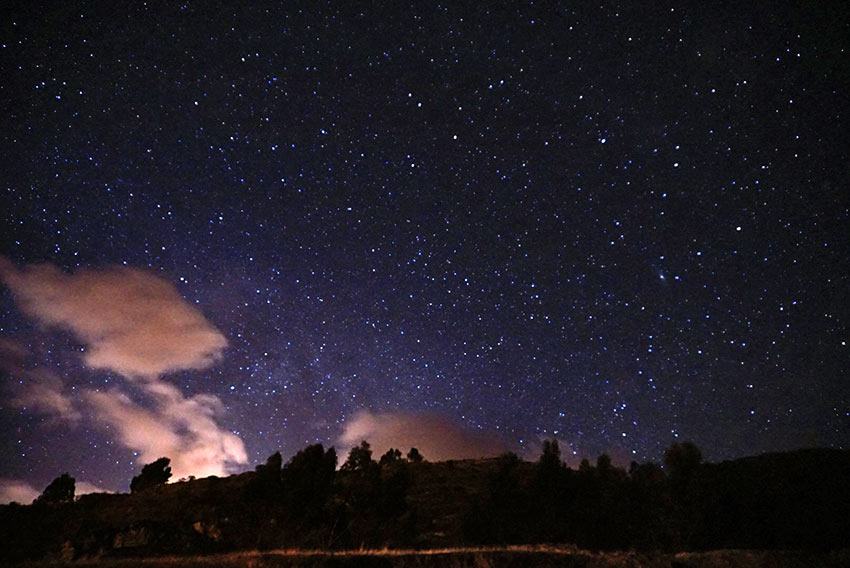
****Disclaimer: “The content of this website is mine alone and does not necessarily reflect the views of the U.S. Government, the Peace Corps, or the Peruvian Government.”
